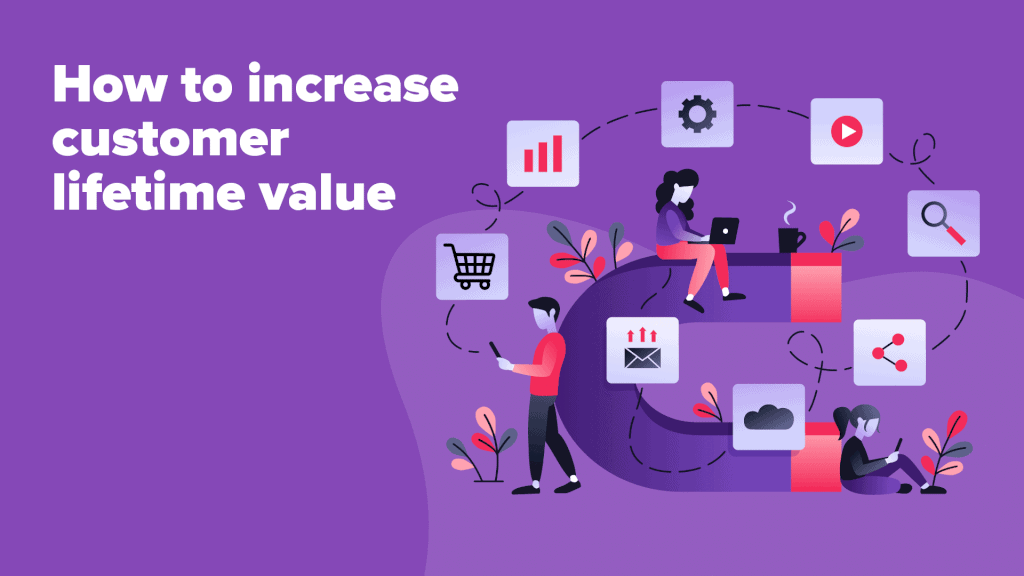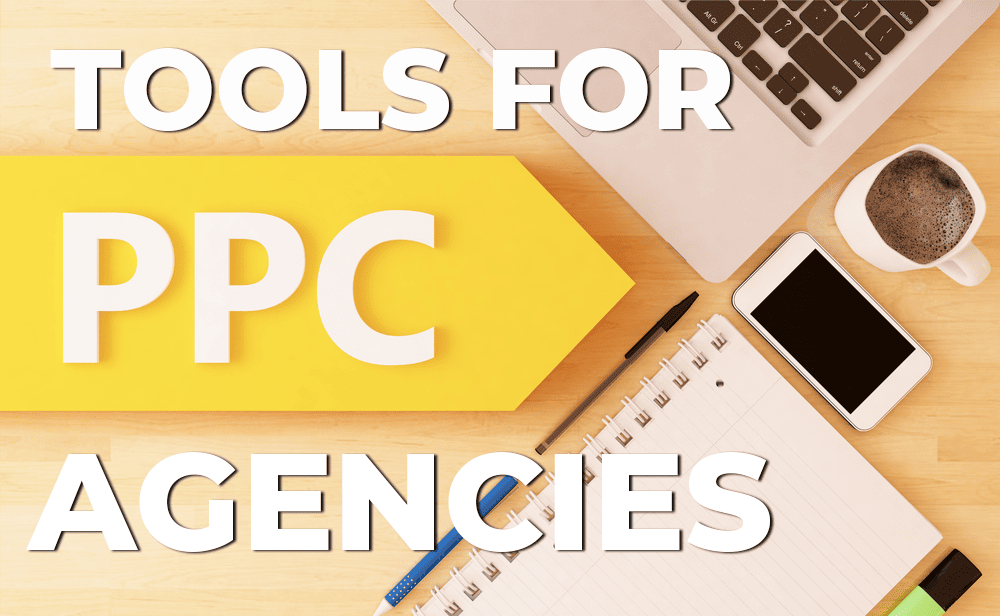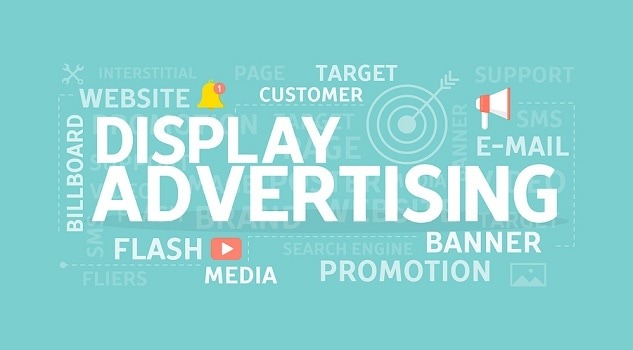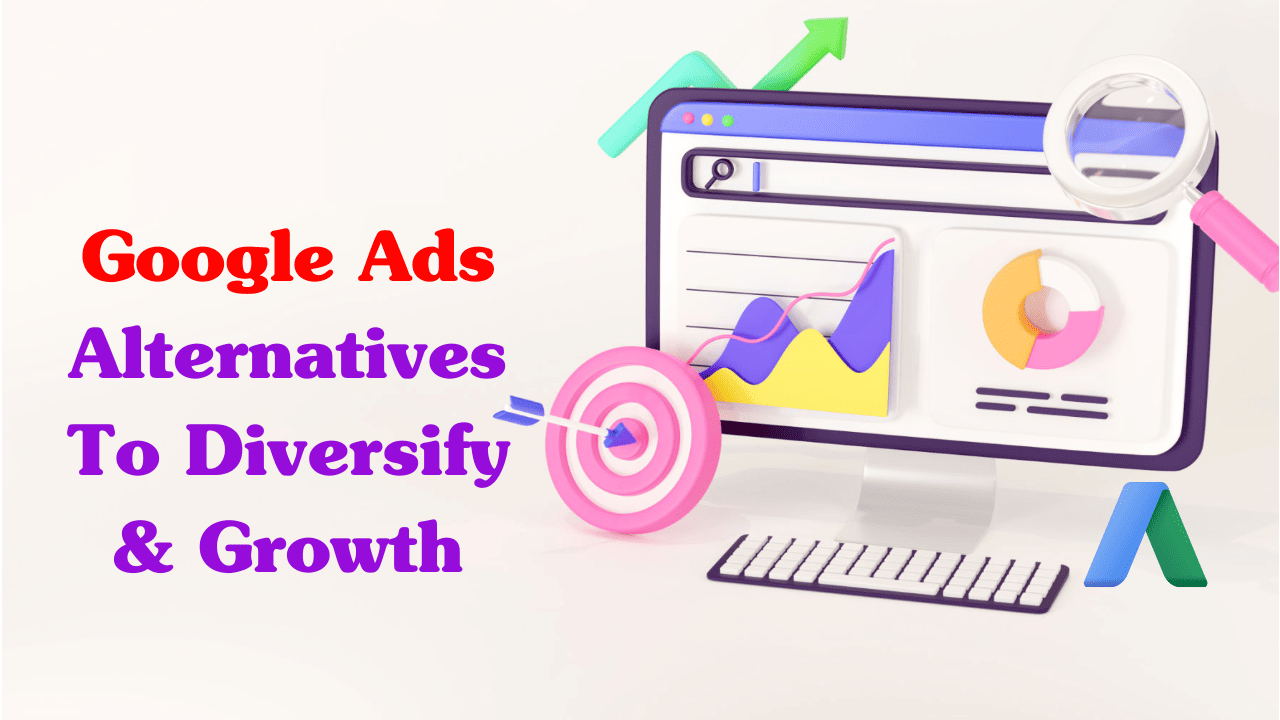![]()
Customer lifetime value (CLTV), also known as LTV, represents the total revenue generated by a customer throughout the entire duration of your association.
Although this key performance indicator may seem appealing, enhancing it can pose challenges. Achieving this goal demands a steadfast long-term perspective, unwavering commitment, and a profound comprehension of your customer database.
In this article, we will explore specific methods that PPC marketers can use to enhance customer lifetime value (CLTV) through the utilization of key strategies.

What is the significance of LTV?
Customer lifetime value stands as an important metric for businesses spanning diverse industries, and this significance arises from multiple compelling reasons.
LTV assesses your future prospects
Prior to embarking on any business venture, understanding the concept of Customer Lifetime Value (LTV) holds intrinsic value. This metric grants you a deeper insight into your average customer, which essentially translates into your growth potential.
For instance, consider a scenario where you’re contemplating starting a business, faced with a choice between running a real estate agency or selling coffee machines (an unconventional pairing, but illustrative for this point).
At first glance, you might assume that the LTV of a customer for a real estate agency would far surpass that of a coffee machine seller. However, let’s dive into the details.
Suppose your average client purchases one coffee machine to serve 50 employees, each consuming two cups of coffee daily (at a cost of $0.30 per cup, due to your competitive pricing). Assuming these clients remain with your business for 30 years (considering 300 working days per year), your LTV could potentially reach close to $160,000. Not too shabby, right?
On the flip side, real estate agencies typically deal with clients who make a primary residence purchase only once in their lifetime, on average. Given that real estate agent, commissions are not exorbitant enough to match the coffee machine scenario, you can safely assume that your LTV in this case would not exceed $160,000.
LTV sets the stage for expansion
LTV fundamentally shifts your perspective away from transaction-centric thinking toward a focus on the enduring value derived from repeat customers.
A higher LTV equates to augmented profits, particularly in the medium and long term, and this elevated customer worth directly influences your bottom line. Yet, it also fosters tranquil, enduring business relationships, which prove to be more cost-effective across various departments such as HR, finance, logistics, and customer support.
You may also like: Must Have Essential Skills for Every PPC Specialist
On a broader scale, LTV serves as a diagnostic tool to uncover underlying structural weaknesses within your audience.
For instance, if customer segment X exhibits a swifter churn rate compared to customer segment Y, it signals that your service or product might not be competitive or suitable enough for the former. This raises the pertinent question: why is that the case?
Conversely, LTV can lead you to identify your most valuable customers, which, in turn, can inform the refinement of your top-notch services or products. What actionable insights can be gleaned from this revelation?
Lastly, LTV plays an important role in establishing your target customer acquisition cost (tCAC). Armed with the knowledge of the revenue an average client will generate, you can seamlessly calculate a target CAC by subtracting the cost of goods sold (COGS), among other factors.
How to calculate LTV
If you perform a Google search for “LTV formula,” you’re likely to come across information related to customer lifetime value. This concept aligns with the broader perspective but can be somewhat challenging to locate within a marketer’s customary datasets like analytics and CRM.
To begin, let’s break it down into familiar key performance indicators:
Lifetime value (LTV) can be calculated as follows: LTV = (average order value) x (total transactions) / (unique customers)
As you can see, it’s a relatively straightforward starting point. (You may also want to explore “LTV enhancements” as they offer intriguing ways to add further value.)
Lifetime Benefits: Emphasizing Benefits over Revenue
LTV is intriguing, but in the eyes of CFOs, the advantages it offers outweigh mere revenue figures.
Benefits allow you to grasp the genuine worth of every new customer, product line, and more. Here’s the formula to transform LTV into what I’ve dubbed Lifetime Benefits
Lifetime Benefits = LTV – CAC – COGS
Where CAC represents the average cost to acquire one net new customer, and COGS stands for the cost of goods sold.
Define the duration of a customer relationship
You might be pondering how to precisely delineate the term “lifetime.” Put differently, when should you cease tallying “total transactions”? At what point can you definitively classify a customer as churned?
Much like calculating churn rate, you have a variety of options:
- If your business has an extensive history: Employ historical data and eliminate any outliers. This approach will furnish you with the average lifespan of a typical customer.
- If your business is relatively new or data is limited: Create scenarios based on the available information. While this method may lack precision, it at least provides a foundational starting point.
Strategies PPC experts can use to enhance LTV
Now, you can employ your LTV formula to devise innovative strategies for enhancing overall business performance. Let’s dissect these formulas into four distinct elements:
- Total transactions per unique customer
- Average order value (AOV)
- Lifetime
- Costs (CAC and COGS)
By adjusting and optimizing these levers, you have the ability to enhance your LTV. Let’s dive into each of them individually:
-
Improve Conversion Rate
Offering additional products or services to current customers
PPC marketers frequently prioritize customer acquisition due to management directives, inadvertently overlooking the fact that selling to existing customers is often a more straightforward task.
You may also like: How To Optimize Your PPC Performance
To rectify this, you can specifically target your existing customer base using a Customer List on platforms like Google Ads, Meta Ads, and others. This approach allows you to offer added value through:
- Tailoring ad copy to highlight deeper product features.
- Crafting distinct landing pages designed to expedite their conversion process.
- Exploring the possibility of promoting complementary products or accessories they haven’t purchased yet.
In this context, creativity shines; your wealth of transactional data serves as a valuable resource for PPC marketers to tap into.
Promoting complementary offerings to engaged potential customers
Apply analogous strategies to engage with cart abandoners. Have you considered employing dynamic retargeting campaigns?
Dynamic retargeting campaigns use your shopping feeds to showcase the precise products that individuals added to their carts. While this approach does help maintain brand visibility, it offers minimal direct value to your customers.
Instead, explore the option of cross-selling by promoting additional products that align with the product category your prospective customers visited or added to their carts. This can result in a more effective and valuable retargeting strategy.
-
Enhance AOV
Many marketers are inclined to lower prices, believing it will boost conversion rates and revenue. While this approach may prove effective in certain instances, it frequently results in reduced Average Order Value (AOV), negatively impacting a business’s bottom line. It’s crucial to bear in mind that benefits consistently outweigh revenue.
How can you determine whether improvements are possible in this regard?
One method involves using historical data to correlate sales periods (characterized by lower AOV) with conversion rates. In some extreme scenarios, I’ve observed stagnant conversion rates coupled with decreased AOV, which should prompt a reevaluation of the relevance of these sales tactics.
If you find yourself in such a situation, you possess all the necessary data to persuade Chief Marketing Officers (CMOs) and Chief Financial Officers (CFOs) to consider a shift in strategies.
Reviewing fundamental account details
Another operational approach is to assess media spending from the perspective of Average Order Value (AOV):
- Examine the performance of search terms that incorporate words like “bargain,” “discount,” or “cheap.”
- Investigate whether low-cost products are consuming a disproportionate share of your Shopping budget.
- Analyze the effectiveness of copy that features pricing terms compared to other copies.
- Consider conducting A/B tests for landing pages, such as single product pages versus bundles.
- Ensure that your purchase value tracking accurately accounts for discounts and taxes to avoid inflating your results.
Price Adjustments
Another clear-cut method to boost Average Order Value (AOV) is by implementing price increases. It’s advisable not to make drastic adjustments all at once; a modest 5% increase is likely to go unnoticed by your customers. At the very least, aim to align your prices with inflation trends.
If you lack control over pricing, consider removing Shopping Stock Keeping Units (SKUs) priced slightly lower than similar products. This way, you can channel your budget toward the slightly more expensive items.
It’s essential to remember that low-priced items can still have a place in your product mix. However, take care to ensure they don’t overshadow higher-priced offerings.
-
Evaluate Your Customer Experience Journey
Another strategy involves scrutinizing your customer purchasing journey to identify potential opportunities for streamlining it.
For instance, consider whether you are directing your PPC traffic to the most optimal landing pages. Is there a possibility of redirecting these visitors to a page deeper in the sales funnel, one that is more tailored to their specific keywords, audiences, products, or other relevant criteria?
Encourage customer retention
I have authored a concise guide on customer retention, which I encourage you to explore. In broader terms, customer retention is closely tied to the quality perception of your product or service.
Here’s a practical step you can take: assess the churn rate for each product line. If you discover that a significant portion of your advertising budget is allocated to product lines with high churn rates, consider restructuring your campaigns or product feeds to allocate more resources toward higher long-term revenue sources.
You may also like: Is It Required to Hire an Agency to Handle Pay-Per-Click Tasks?
Another effective tactic involves ensuring that comprehensive PPC data seamlessly integrates with your CRM (or ERP, if feasible). This integration allows you to pinpoint which products, audiences, ad copies, or landing pages drive repeat business, empowering you to incorporate these insights into your operational strategies.
Ultimately, the goal is to distinguish your most valuable customers from the less favourable ones. By steering away from the latter and attracting more customers who appreciate doing business with you, you can enhance your overall retention efforts.
-
Reduce Your Expenses
In this context, enhancing LTV hinges on diminishing Customer Acquisition Cost (CAC). Several avenues can be explored, but perhaps the most straightforward and impactful method involves a thorough examination of your media mix.
I have encountered numerous clients who were allocating significant budgets to expensive channels without accurately assessing their incremental value. In essence, the goal is to scrutinize acquisition sources and curtail or eliminate budgets associated with channels that yield negative impacts, thereby reallocating resources to high-performing channels.
Additionally, I recommend a straightforward tactic: evaluating Quality Score (and its counterpart in Meta Ads: Ad Relevance). Elevating these metrics can lead to a reduction in CPC (and subsequently CAC), making it an effective means of cost control and optimization.
I’m excluding the discussion of COGS here, as it encompasses a broader scope beyond PPC. However, it naturally aligns with our ongoing conversation.
Maximize Customer LTV with PPC
Customer Lifetime Value (LTV) is a dynamic metric that holds paramount importance for every business. To assess the expertise of a marketing team, simply inquire about their proficiency in handling LTV.
I emphatically advise the establishment of a dedicated LTV dashboard that incorporates its key components: average order value, customer transactions, retention rates, and Customer Acquisition Cost (CAC). This setup facilitates efficient prioritization of efforts and ensures that LTV enhancement remains an ongoing focus for your marketing team.
Would you like to read more about the effective ways to increase Customer Lifetime Value with PPC related articles? If so, we invite you to take a look at our other tech topics before you leave!
Use our Internet marketing service to help you rank on the first page of SERP.












